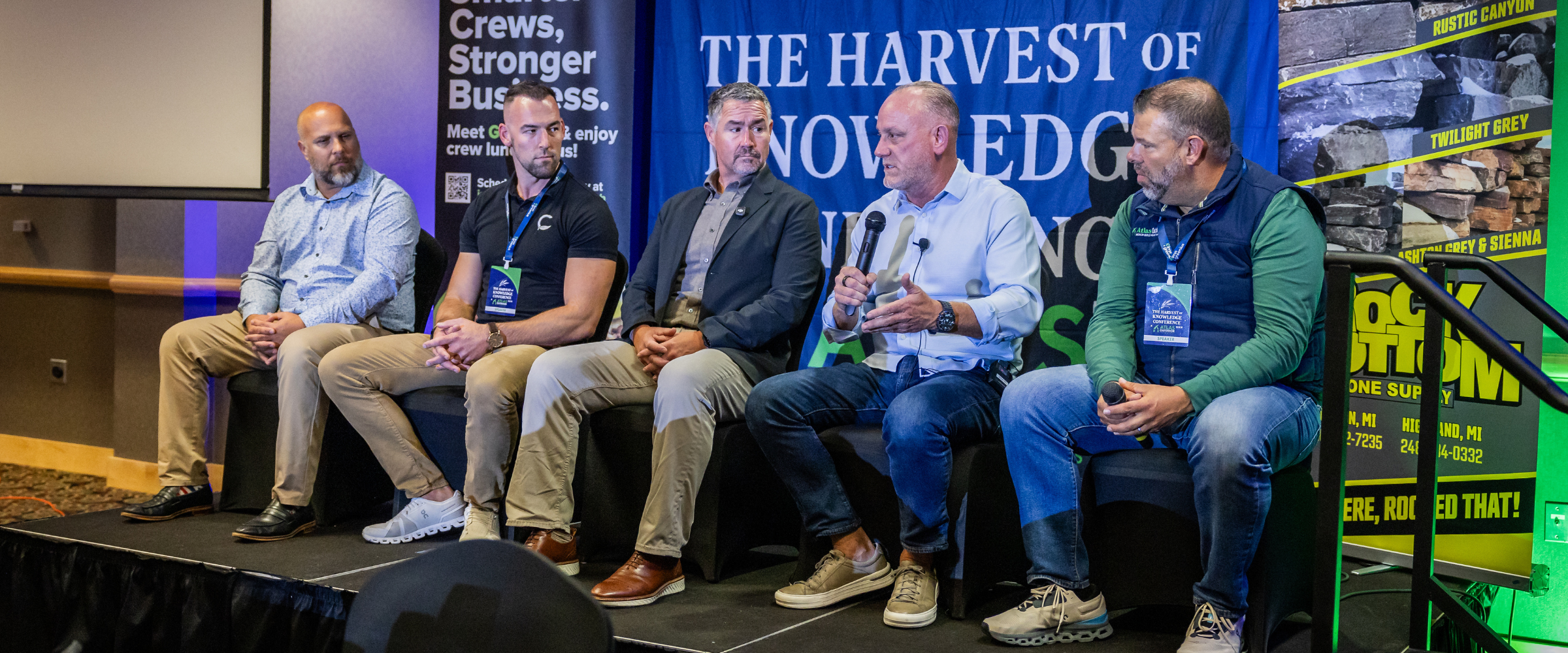“Without leaps of imagination or dreaming, we lose the excitement of possibilities. Dreaming, after all, is a form of planning.”
Gloria Steinem
Wow. The Harvest of Knowledge conference and Atlas tour was unreal. If you were there, you know!
Every session, every conversation, every handshake… packed with nuggets of wisdom that I can’t wait to put into action. I left inspired, challenged, and – honestly – a little overwhelmed with all the actionable ideas and conversations with the attendees. Over the next couple of months, I’ll be breaking down weekly blogs to unpack the lessons I’m applying in real time. Today, I want to hit a topic that might feel small, but Mark Bradley left us all speechless when he gave what would seem like a small question, but it’s huge for your leadership: At what part of the day do you feel your best?
Think about it for a second. Are you firing on all cylinders first thing in the morning, ready to tackle the world? Or are you dragging by noon, counting down the hours until the day is over? The way your energy and focus fluctuate throughout the day tells you a lot about your leadership style, and whether you’re leading proactively or reacting to chaos.
Some leaders are addicted to chaos. They feel alive when things are on fire and spend all day putting out flames – but by the time the day ends, they’re exhausted, frustrated, and reactive. That’s not leadership. That’s survival.
Here are three ways to analyze your day and why it matters:
1. Track Your Energy Peaks – Spend a week jotting down when you feel most alert and productive versus when you feel drained or distracted. This will help you identify your “prime leadership hours.” Once you know your peak, schedule your high-stakes decisions, coaching sessions, and strategic thinking for that window instead of letting meetings or distractions dictate your day.
2. Identify The Energy Drains – Take note of tasks, people, or routines that consistently sap your energy. Are you spending your best hours reacting to emails, putting out fires, or fixing avoidable mistakes? Recognizing these energy drains is the first step toward eliminating them—and regaining control over your schedule.
3. Flip from Reactive to Proactive – Once you know your peaks and drains, ask yourself: am I starting my day with intention or with my phone and email? Proactive leaders design their day around what moves the needle forward, not what screams the loudest. Reacting all day keeps you in chaos; leading all day keeps you in control.
Here is what I’ve learned about myself… knowing your daily rhythm isn’t just about productivity – it’s about influence.
The more you operate proactively, the more your team sees, follows, and trusts your leadership. Chaos might feel exciting, but calm, intentional, and strategic leadership wins every single time.
So this week, I challenge you: pay attention to when you feel alive in your day and why. Start designing how you lead around that energy, not around the chaos. You might be surprised at how much more impact you can have, simply by aligning your day with your strengths.
Leadership isn’t about working harder – it’s about working smarter, intentionally, and leading where you have the most influence.
Until next week…
Your Amigo, Sam!

